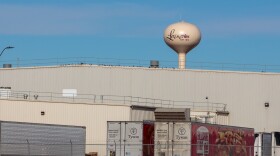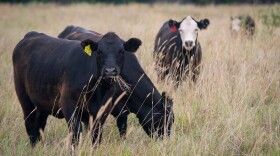Texas is the nation’s biggest beef-producing state, and as the state enters the fourth year of drought, ranchers, consumers, and grocers are feeling the effects reported The Texas Tribune.
Ranchers have cut their herds significantly, but are experiencing higher prices.
Donnell Brown is the owner of R.A. Brown Ranch. He said he had to reduce his 1,000-cow herd by 50 percent over the last three years.
Tracy Tomascik is a cattle rancher and an associate director of the commodity and regulatory activities division at the Texas Farm Bureau. He said the increased price of cattle and continued demand for beef has meant a bigger bottom line. Tomascik said that on average, a calf that sold for $500 three years ago now goes for $750.
“Our cattle prices are at record-high levels, and I am very happy to be selling,” Tomascik said. “The market has done a wonderful job of compensating for the lower supply of cattle by adjusting to higher prices.”
Tomascik also said fewer cattle in the pasture means the grassland can be restored and recover from damage caused by the long drought.
Consumers and ranchers may be experiencing higher prices, but grocers are getting squeezed.
“These have been the hardest and most unprofitable years in terms of protein prices, “said Scott Nettles, meat and seafood director for the United Supermarkets grocery chain. “The low-percentage profits are driving up our fixed costs such as labor, electricity bills, rent, etc.”







